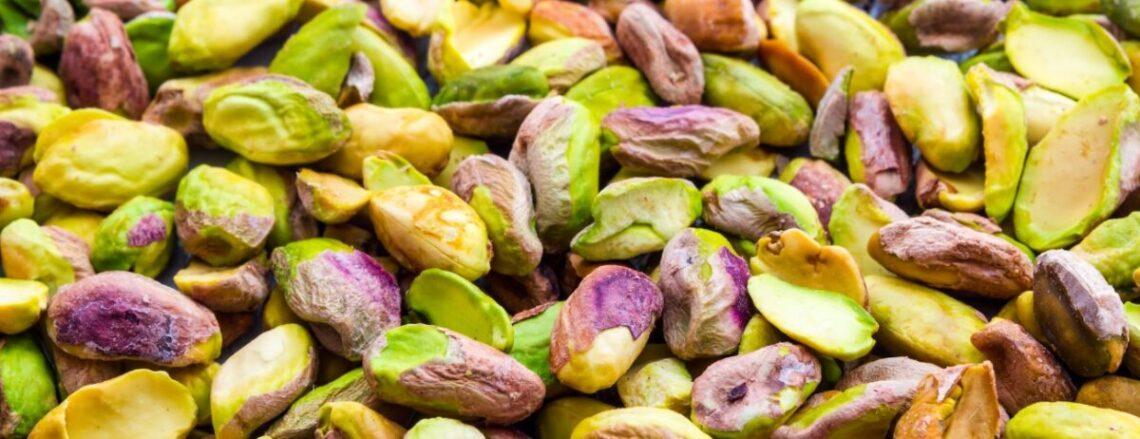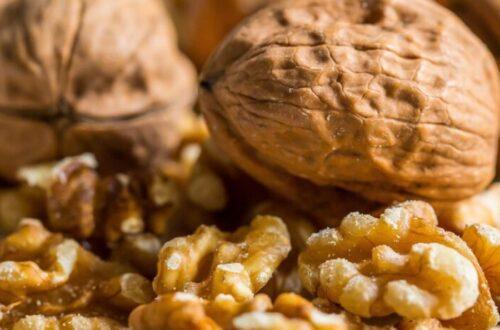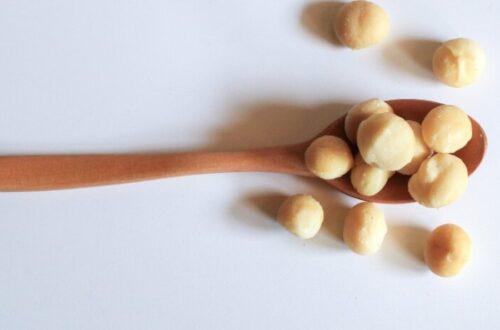
Is Pistachio Milk Healthy? Here’s What You Need to Know
Move over, almonds. There’s a new milk in the spotlight—and it’s greener in more ways than one.
Pistachio milk is quietly taking over plant-based kitchens, and not just because it looks pretty in a glass. Behind the glow lies a milk that’s naturally sweet, surprisingly digestible, and—for once—not loaded with starches or gums.
But is pistachio milk actually healthy? And how do you make it at home, without the fuss (or fillers)? Let’s crack this open.
Why Pistachio Milk Is More Than Just a Trend
First, the basics. Pistachios are rich in:
- Monounsaturated fats (heart-supportive, anti-inflammatory)
- Potassium (electrolyte balance, muscle function)
- Vitamin B6 (mood, hormone, and immune regulation)
- Prebiotic fiber (gut-friendly but less gassy than cashews or oats)
That’s a nutrient-dense profile for something that blends beautifully into milk.
But here’s where it really stands out: pistachios are less taxing on the kidneys than some other plant-based options. While oat milk can spike blood sugar and almond milk may contribute to oxalate load, pistachios are lighter in those categories. That matters—especially if you’re healing, detoxing, or simply trying to avoid hidden stress on the body.
How to Make Pistachio Milk at Home
Store-bought pistachio milks? They’re either overpriced, underwhelming, or ultra-processed.
The better option: make it yourself. It takes minutes.
Basic Pistachio Milk Recipe (Nama M1 method)
- 1 cup raw pistachios (soaked 6–8 hrs, then drained)
- 4–5 cups water (fill to the max line of your Nama M1)
- Optional: 1-2 soft Medjool date (pitted) and a splash of cardamom or vanilla
Steps:
Add to your Nama M1 Nut Milk Maker and let it do its miracle-working thing.
You’ll get silky, pale green milk with just the right amount of natural sweetness—and no weird thickeners.
Not using the M1 yet? Bold move. It’s basically the pistachio milk enabler you didn’t know you needed. Use Nama Discount Code PLANTPOWER to save—then watch your blender develop abandonment issues.
Blender method:
Blend all ingredients on high for 45–60 seconds. Strain through a fine mesh bag or cloth. Done.
When (and Why) to Use It
Pistachio milk works beautifully in:
- Smoothies — adds body without overpowering flavor
- Chia pudding — nutrient boost, gorgeous color
- Cereal or granola — less watery than almond, less starchy than oat
- Warm drinks — it steams better than most homemade milks
- Raw treats — makes a great base for “green glow” ice creams or energy balls
Pistachio milk is naturally low glycemic and easy on the gut.
Don’t Toss the Pulp: Here’s What to Do Instead
What’s left after straining is pure gold.
The pistachio pulp is soft, sweet, and protein-rich—perfect for:
- Mixing into energy balls with dates and buckwheat flakes
- Stirring into overnight oats or chia pudding
- Folding into raw crusts or desserts (think lemon tart base)
Refrigerate it for up to 3 days. Or freeze in small portions to use later.
The Bottom Line
Is pistachio milk healthy?
If you’re making it yourself—yes. Absolutely.
It’s a balanced, mineral-rich, and digestively kind milk that deserves more than trend status.
No gums. No sugar spikes. Just real-food richness in a glass.
And once you taste it? You’ll wonder why you waited this long to blend green.
P.S.
Want the recipe for those dreamy pistachio pulp energy balls? Head to Instagram and comment ENERGY — it’ll go right into your DMs. Stick around — the creamy inspiration doesn’t stop here.




